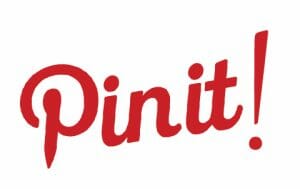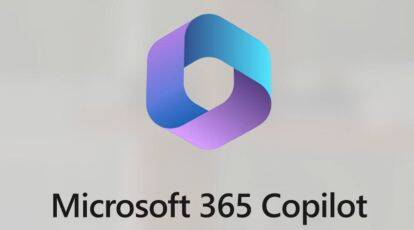Pinterest is still the social network of the moment despite 
As part of a wider digital strategy I recently recommended that one of my online retailer clients add the “Pin It” button to their site and although this was only a couple of months ago, Pinterest has already become the number one social media referrer of traffic beating Facebook, Twitter and others into submission. The fundamental reason for this is people pin or re-pin your website’s images and if they click on them they are taken to your website. So you are getting relevant web traffic to your site just because of the images you have placed on it. I can feel SEO practitioners everywhere running as fast as they can to photography libraries to populate their sites with off-the-shelf photography, after finally becoming bored with sharing millions of pointless infographics about infographics.
Although still fairly new, it has been confirmed to be sending more traffic to commercial websites than LinkedIn, Google+ and YouTube combined, according to a report published a while back. Companies seem to really like the intrinsic benefit of extra web traffic as and it was recently confirmed as the fastest growing social network site to date with more than 10 million users although the audience demographics range greatly from the US to the UK.
However, bizarrely unlike most social networks that sends out millions of pointless notifications, Pinterest doesn’t. This in turn makes it difficult to calculate interactions with other ‘pinners’. And if there is no way of analysing how well a particular pin has done, it makes it hard to keep track of any improvement. However, there is a simple way to keep a track of your pins if you need to. All you need to do insert a web address into the following format: https://pinterest.com/source/asos.com/

If you work in a fun sector that is very pictorial and you have great images you should certainly add the “Pin It” button and create a new business profile as you will be missing out on sales which could be driven solely through Pinterest. For instance, if I sold Wedding Cakes and I had 30 different wedding cakes and I shared them all, you would hope that someone searching for wedding cakes would stumble across one of them, click on it and the occasional person might just click buy. So you can see the business case is really very simple and the ROI is pretty obvious.
There is a Pinterest specific analytics tool called www.reachchili.com, formally known as Pinerly, which provides you with the usual dashboard and funky looking graphs. However, if that doesn’t tick all of the boxes you could try PinPuff.com which measures your “Pinfluence”. I have tested this out on a number of occasions but it seems rather buggy to me and the screen grab I have added in here shows you a score but that’s about it (which in my opinion is not useful at all).
Pinreach.com – which was formerly known as Pinclout examines your stats, (repins, comments, likes) which helps to show you how you are doing. You can also use it to check out your competitors and see how effective they are being but don’t follow: innovate.
It is also very effective for any videos you need to seed and secure views for.
It recently announced Business Pages and the features are very similar to personal pages but you can expect much better analytics to be added soon and of course the usual advertising platform will follow not long after that. However, if you are interested in how Pinterest can help your client/business, try reading this new and shiny purpose built site that explains that bit in more detail. However, if you are already sold here is some detail on how to convert to a new Pinterest Business Page:
Changing your personal Pinterest page from a standard account to a business account is really simple just click: pinterest.com/business/convert to get started. You’ll obviously need to be logged into your account to swap it across. If you are looking for useful statistics on Pinterest itself you may want to follow this board.
One of my Prohibition team recently wrote an interesting article on Pinterest which looked at the various UK newspapers and the effect the network was having on each of them. Another interesting article was written by my colleague who wrote a really useful post on the Top 35 ways to get the most out of Pinterest which is full of useful ideas on how to get the most out of it. Finally if you want to track Pinterest through your Google analytics account check out this article as it’s a step-by-step approach which should be useful.
If you are on Pinterest, why not give me a follow and lets share some interesting images. I personally go for the more amusing or amazing stuff and obviously and as many PR stunts as I can find but I am aware that I need to get pinning more. I may be one of the Dinosaurs but I do still love the old bookmarks tools as well and so connect to me here on Delicious as well.
Have you signed up for the business pages yet?



